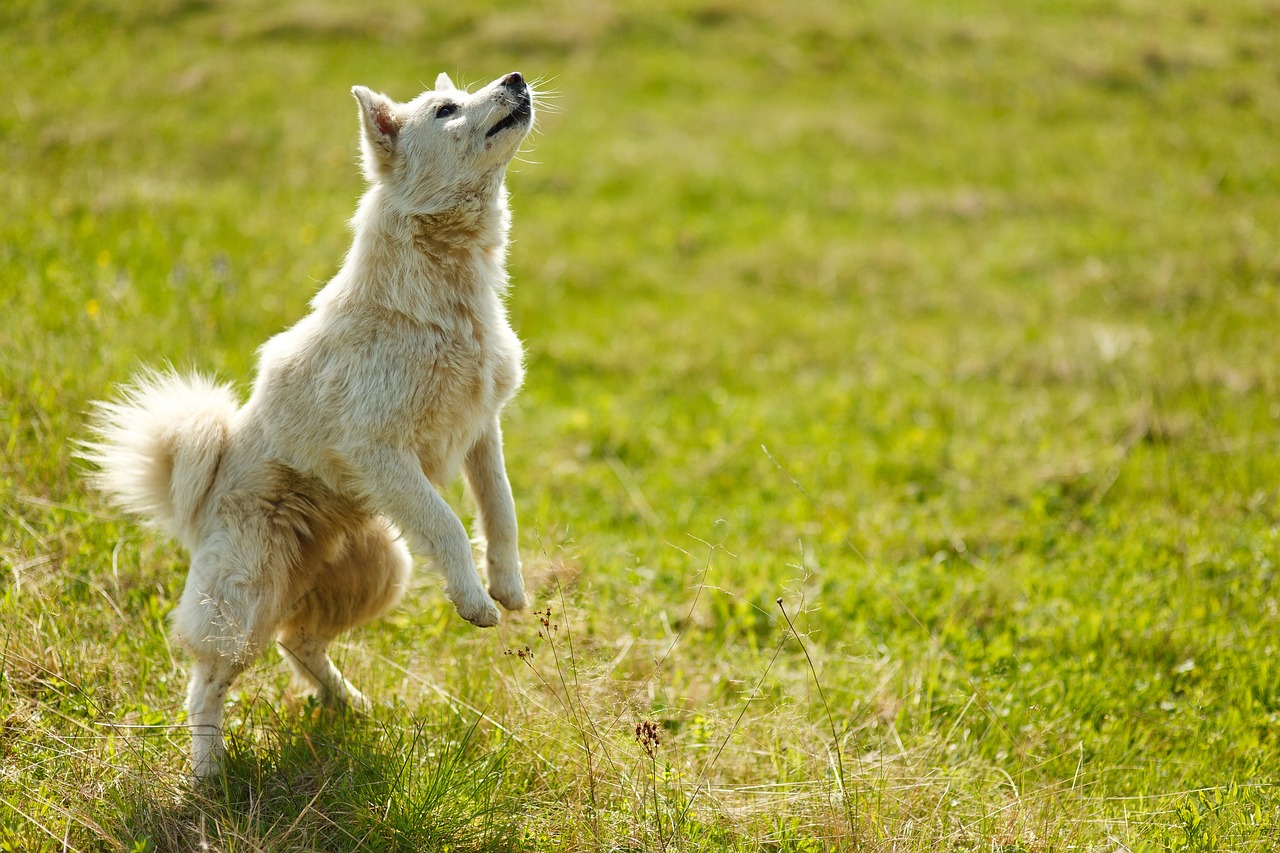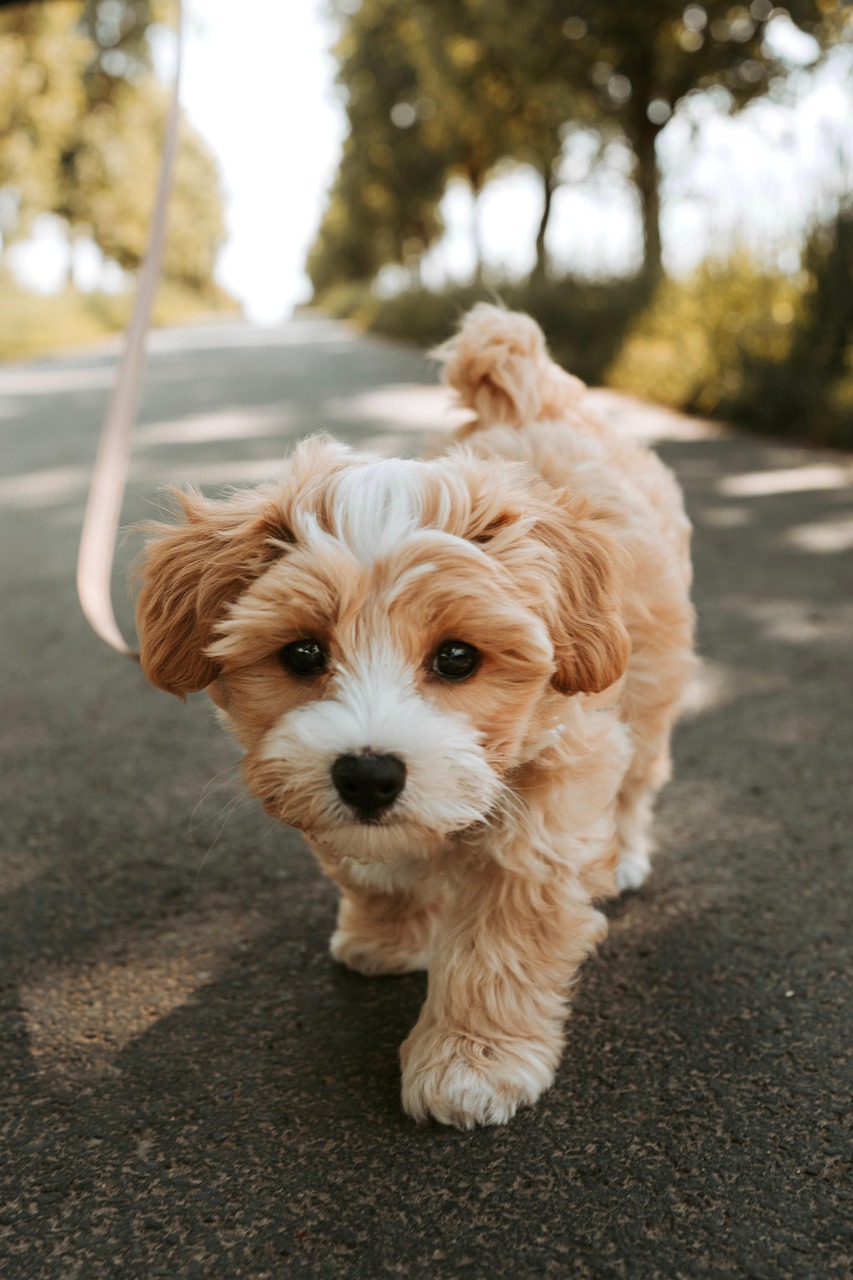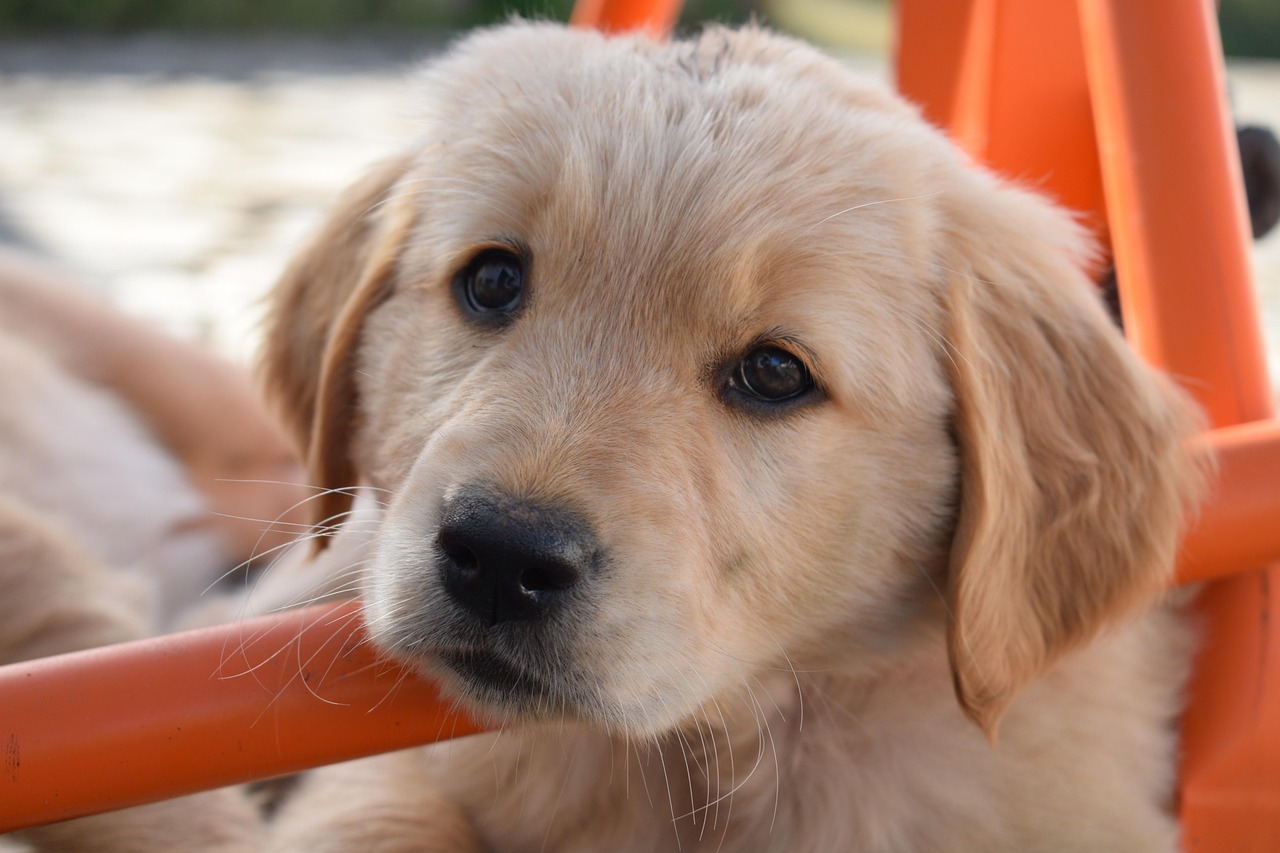Ever felt like your dog’s your furry little shadow? You stand up—they stand up. You head to the bathroom—they’re right behind you. You grab a snack—they’re suddenly starving too. If your dog follows you everywhere, you’ve probably wondered: why can’t they just chill for a second?
Well, there’s actually a lot going on behind that loyal (and sometimes clingy) behavior. Dogs don’t just follow you because they’re bored—there are emotional, biological, and even survival reasons for it. Let’s break it down, one tail wag at a time.
They’re Hardwired to Stick With You

Dogs evolved from pack animals, and packs rely on sticking together for safety and food. So, when your pup shadows you around, they’re not just being nosy—they’re following ancient instincts.
Ever notice how wolves move as one unit? That’s exactly what your dog’s trying to do. In their mind, you’re the pack leader. And following you ensures they stay safe, connected, and—most importantly—in the loop. Because heaven forbid you sneak off without them knowing where you’re going.
A few big reasons instinct kicks in:
-
Pack bonding: Following reinforces trust and connection with their leader—you.
-
Security: Being close to you helps them feel safe.
-
Curiosity: You control the food, fun, and all the good smells. Enough said.
You’re Their Source of Comfort
If your dog sticks close even when you’re doing something boring (like answering emails or folding laundry), it’s not just habit—it’s emotional attachment. Dogs are emotional sponges. They sense your energy, mood, and even your stress levels.
So if you’re anxious, they might hover because they want to comfort you—or because they feel uneasy too. It’s their way of saying, “Hey, I got you.”
Plus, think about it: you feed them, pet them, and provide a warm bed. You’re basically the VIP of their world. Why wouldn’t they want front-row access to all that love?
They Want Attention (Even When You Don’t Notice)

Dogs are masters at reading your reactions. If every time your pup follows you, you look down and say “Hi, buddy!” or give them a quick scratch, they learn something big: following = attention.
It’s classic conditioning. Even if you’re not giving them treats or toys, your attention alone is a huge reward. So when they follow you into every room, they’re thinking, “Maybe I’ll get a head pat or at least some eye contact.”
And let’s be honest—you probably do it every time. (I know I do. I can’t resist those eyes.)
They’re Protecting You (Or Think They Are)
Some dogs, especially breeds like German Shepherds, Rottweilers, and Dobermans, have a strong protective streak. When your dog follows you, it’s not always about affection—it’s also about keeping an eye on you.
They’re making sure nothing happens to you, even if that “danger” is just the vacuum cleaner. Ever had your dog sit between you and a stranger? That’s their bodyguard instincts kicking in.
In their head, they’re like, “Don’t worry, I’ll handle this. You just keep eating that sandwich.”
They Might Be Anxious

On the flip side, if your dog follows you everywhere and panics when you leave, you might be dealing with separation anxiety. This goes beyond cute clinginess—it’s a real stress response.
Look out for signs like:
-
Whining or barking when you leave
-
Destructive behavior (chewing, scratching doors, etc.)
-
Pacing or drooling excessively
-
Refusing to eat unless you’re around
If that sounds familiar, your dog isn’t just being dramatic—they’re genuinely distressed. The good news? With patience and training, you can help them feel more secure. Gradual independence training and plenty of mental stimulation can make a big difference.
They’re Bored and You’re Entertainment
Let’s be real—you’re the most interesting thing in your dog’s world. You move, make noise, and sometimes drop food. From their perspective, following you is better than staring at a wall.
If your dog has too much energy and not enough outlets, following you around gives them something to do. It’s basically dog TV—with you as the main star.
To fix this, make sure they’re getting enough exercise and mental stimulation. Try puzzle toys, scent games, or a good round of fetch before you expect them to settle. A tired dog is a happy dog (and a less clingy one).
You Reinforce the Behavior Without Realizing It

Remember how we talked about attention being a reward? That goes both ways. If you constantly engage when they follow you, you’re accidentally teaching them that sticking close = praise.
It’s like telling them, “Yes, please follow me into the bathroom. I can’t possibly pee without supervision.”
You can change that by rewarding calm independence instead. When your dog relaxes on their bed instead of tailing you, praise them or give a treat. Over time, they’ll learn that they don’t need to be glued to your side 24/7 to earn love.
They’re Just Curious (and Maybe a Bit Nosey)
Dogs have a strong sense of curiosity, and everything you do fascinates them—especially if it involves food, movement, or new scents. They’re natural investigators, and you’re their favorite mystery.
Ever opened the fridge and found your dog right behind you? That’s not an accident. They’re convinced something delicious might fall their way. And when it doesn’t, they give you that look that says, “Really? You’re just grabbing water?”
Puppies Do It More—Here’s Why

If you have a puppy, you’ve probably noticed they follow you everywhere. That’s because young dogs haven’t built full confidence yet. You’re their anchor in this big, confusing world.
As they grow, most dogs gain independence, but some retain that attachment—especially if they were never taught to be alone comfortably. The more secure they feel in their environment, the less likely they’ll need to be under your feet every second.
How to Gently Teach Your Dog Some Independence
If your dog’s shadowing habit drives you a little nuts, don’t worry—you can train them to be more independent without hurting their feelings. Here’s what helps:
-
Start small: Leave the room for a few seconds and return calmly. Gradually increase the time apart.
-
Use place training: Teach them to stay on their bed or mat while you move around.
-
Reward independence: Praise or treat them when they choose to stay put instead of following.
-
Keep them busy: Provide chew toys or treat puzzles to occupy their mind when you’re not nearby.
-
Stay consistent: If you sometimes reward clinginess and other times ignore it, they’ll get confused. Be steady.
With consistency, your dog will learn that your absence doesn’t mean the world’s ending—it just means you’re, you know, walking to the kitchen.
When to Worry

Most of the time, following behavior is completely normal and even flattering. But if it’s paired with signs of distress, anxiety, or sudden change, it’s worth checking in with your vet or a behaviorist.
Red flags include:
-
Following behavior that suddenly increases
-
Trembling, panting, or pacing when you leave
-
Loss of appetite or destructive behavior
-
Clinginess combined with illness or lethargy
Sometimes, sudden changes in behavior can indicate pain, cognitive decline (especially in older dogs), or medical issues. It’s always better to rule those out early.
The Bottom Line
Your dog follows you because you’re their favorite person, their protector, and their best shot at snacks. Whether it’s instinct, affection, or boredom, that shadowing behavior comes from love and trust.
But if your dog’s loyalty crosses into clinginess or anxiety, you can help them find a healthy balance through training and confidence-building.
So next time you catch your dog trailing behind you like your own personal bodyguard, maybe give them a little smile. After all, you’ve earned a follower for life—no social media required 🙂
